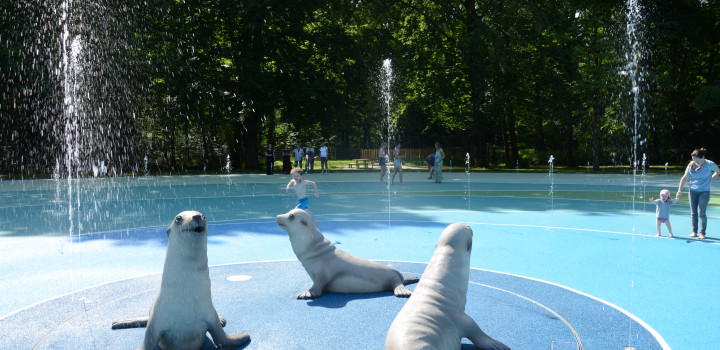Open space and architecture are mutually dependent. Especially in the case of public buildings, open space makes a valuable contribution to the development of sustainable living environments.
A fruitful dialogue between inside and outside, buildings and open spaces is an important quality characteristic for urban spaces. Particularly in the case of public buildings, open space should be comprehended as a continuation of the functions of the buildings. Positive synergy effects are unleashed when different needs are precisely coordinated with one another and there is an intensive interconnection between architecture and open space. Architecture and open space permeate one another and create appealing and sustainable living environments.









































